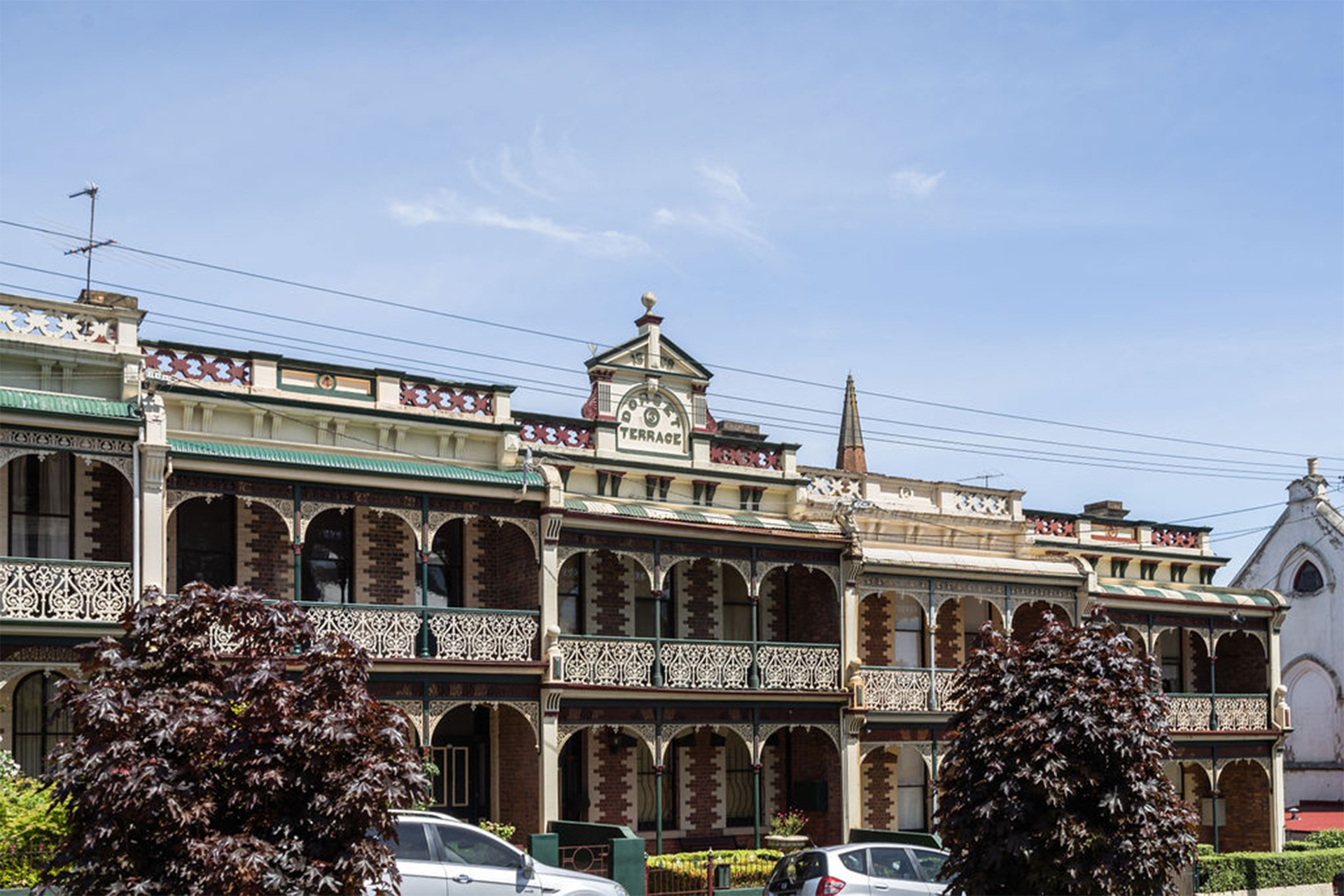The residential rental market continues to face the headwinds of low vacancy – driven by limited supply of housing, and increasing demand for rental property.
Supply is not helped by the lack of available land, constraints such as the physical number of trades available to construct required dwellings and high input costs affected by both tight labour supply and the impact of inflation on materials. Housing affordability also continues to keep would-be home purchasers in the rental market for longer.
Some often touted measures to address this are an increase in land released for residential development and accelerated approvals processes, along with a more constructive approach around the provision of infrastructure, particularly new infrastructure between the developer and statutory authority. Also, attempts to train more apprentices, or lure those already trained to the state, and stopping labour leaving the state. All these are measures that working in concert will hopefully address our rental housing shortage, but it is also interesting to look at other options and behaviours that are arising as a result of this continuing shortage.
The Real Estate Institute of Tasmania recently circulated a paper by the Real Estate Institute of Australia titled Build to Rent: A Market Analysis. The Build to Rent (BTR) market “is rental stock held in company ownership, usually in medium to large sized multi-dwelling apartment-style buildings.” The owners of these complexes can be “local institutions, smaller local private developers and major offshore investors”. This is very interesting to see as we have had a very concentrated residential rental market where much of the property within has been owned by private investors, outside social housing projects.
If BTR can bring more housing stock onto the market, initially in the form of apartments constructed specifically for the rental market, then hopefully this will help increase the level of supply. Given the housing stock coming onto the market as a result of BTR is for tenancy occupancy only, housing stock is not always leaving and returning to the total pool available as a result of sale so supply remains more consistent. Further, the BTR housing stock is constructed with the tenant’s amenity in mind “offering modern amenities, communal spaces, and professional property management services.” According to the above-mentioned paper, “This focus on tenant experience can attract tenants and support long-term occupancy rates.” These factors along with a commercially viable return to the BTR project owners make this an interesting area of the market to watch. One which may move from apartment complexes to also include standalone dwellings in time, the report notes this is beginning to be seen in the UK where BTR has been common place for some time as a provider of residential accommodation.
The BTR market is one that allows larger institutions such as super funds to participate in the provision of housing in a commercially viable manner for their members, and also assist with regard to increasing the levels of housing supply. For large super funds, this is something that has not been easy to do, however BTR opens exposure to a different market and also offers a socially positive outcome as well.
The paper finishes by stating that “While the pipeline is expected to get larger over the next few years, the private residential investor market will remain by far the dominant provider of residential rentals for the foreseeable future. The BTR market will, however, play an increasing role in supplementing the private rental market.” Much of this activity is occurring in the eastern seaboard capitals at present so it will be interesting to see if it reaches Tasmania anytime soon; hopefully it does.
Another form of rental supply comes from rentvesting, whereby you want to live in a suburb that meets your lifestyle criteria but you can’t afford to buy there, equally you would like to get a foothold on the property ladder, or participate in the benefits offered by residential property ownership. Rentvesting addresses this in the following way, you rent where you would like to live as you can’t afford to purchase there, you then identify an area that meets your residential rental investment criteria and you purchase there and rent out that property.
What impact does this have on housing supply? In this example it increases it, the owner of one property is the tenant of another – the net effect is there are two dwellings within the rental pool. It’s not going to be an option that appeals to everyone but it is an example of the market working to increase rental supply and meet the individual needs of participants.
Ultimately, addressing housing supply shortage from as many angles as possible, in a sustainable manner is positive for our community and will provide more options for renters and homeowners alike. We have looked at two here, if this increased supply can come from private enterprise then all the better – to create meaningful commercial returns on a smaller scale as is the case with rentvesting or on a larger scale with BTR projects is an excellent outcome if it builds housing supply and meets a community need.
Please note this is not financial advice and should not be construed or relied upon as financial advice. The comment provided above is general in nature and reflects personal opinion only.
The Unusual Suspects Behind Residential Rental Supply
